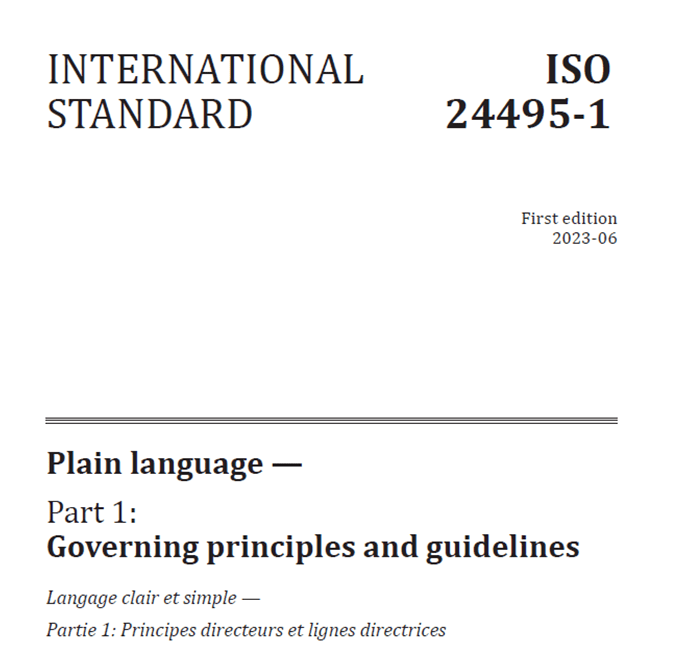Plain language principles go beyond just using familiar words and short sentences. Plain language writing requires a rigorous approach that values readers and seeks to meet their needs. But if you are writing in a government or business context, you also need a clear focus on your purpose. You must define the impact you intend the document to have.
Think-write’s motto:
Maximum meaning, minimum reading
These plain language principles underpin Think-write’s writer training courses.
1. Clear writing can only come from clear thinking
Thinking well and writing well are closely related. Writing is a creative, organising, defining activity that makes thinking clear and precise.
2. A writer’s job is to serve their readers
The reader is at the centre of a writer’s activities. Writers must work hard to make it easy for readers to find the information they need, understand what is written, and use the information.
3. Businesses and governments produce ‘functional documents’
Functional documents are written to achieve an organisation’s purpose. They are communication assets that must be crafted to perform – just like any other asset. Functional documents must be both effective and efficient.
4. Functional documents (information products) must be written plainly
Difficult to read and unclear documents cannot be acted on properly. Not writing plainly can cause social disadvantage. It can also put the document owner at risk.
5. Information products should be tested
Like any product, information products should be tested to make sure they work well. Publishing a document without testing may be reckless.

These plain language principles are consistent with, and perhaps go beyond, the international standard on plain language.
The standard focuses on making sure written communication is
- relevant
- findable
- understandable
- usable.
These ideas are important and should feature in all communication. But effective government and business communication requires more – a clear focus on the organisation’s purpose in providing the communication.
Plain language principles – not ‘dumbing down’.
Simply write in a straightforward way so readers can understand the message quickly and easily.
Plain language writing focuses on readers and how they respond to a document (a document is anything that uses words – printed or web text). The aim is to make documents clear, concise and effective (by effective, we mean ‘achieves purpose’). We consider how the reader will encounter the document and how the document owner would like them to respond.
Aim to craft communication products that are:
- useful – documents that provide information that users (readers) want; content that they can do something with.
- usable – users can easily find the information they need. And when they find it, they can easily understand and use it.
- desirable – documents should also be attractive and a pleasure to use.